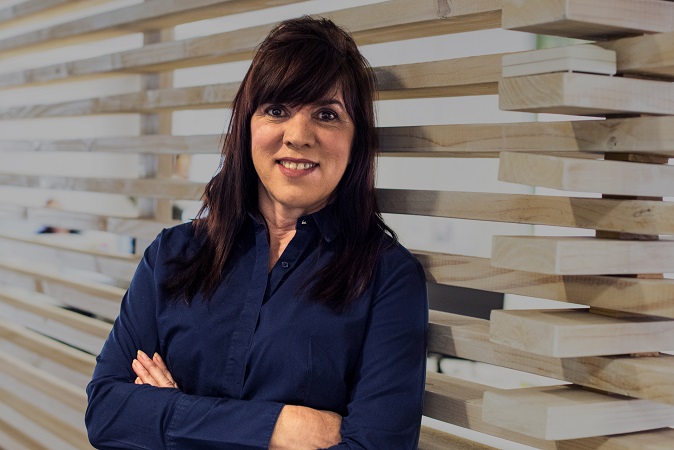[Column] Making the right decision to benefit from true Cloud applications

Many people often confuse the similarities and differences surrounding both web hosting and cloud computing. While many believe that cloud and hosted services are the same, this is not the case. Yes, they are both hosted off-premise and can be accessed remotely through an internet connection, but that is where it begins and ends.
The most significant difference between the two is the true cloud’s multi-tenancy, which involves the sharing of resources and costs among a large cluster of servers, enabling economies of scale and allowing infrastructure to be of numerous machines, with better peak-load capacity and improved utilization.
The biggest benefit of true cloud software to customers, says Sandra Crous, Managing Director of PaySpace, are the speed of development of new modules and features. To be able to rollout new features daily instead of two to three times a year, has made cloud software extremely popular. Adding to that, we also do not have to use manual testers to test our software, all updates are tested in real-time using automated testing methods. By using robotic processes, our teams focus on product innovation instead and giving our customers the benefit of being at the forefront of technology.
Cloud servers enable organisations to enhance IT performance without the crippling costs associated with the capital outlay to buy and manage dedicated infrastructure. They are ideal for businesses whose workloads and demands vary, as they offer on-demand utilities, multi-tenancy capabilities with uninterrupted scaling, and features that adapt along with your business.
“Customers do not have the hassle of maintaining software and upgrading hardware, and no intervention is needed from IT to maintain the solution,” Crous explains. “Nor do they need to handle security, as the provider handles this function, including SSL encryption, vulnerability tests, and ensures the availability and performance of the software.”
So, what does this mean for customers? According to Crous, it means access to your most critical Payroll & HR data in a risk free, always up to date, secure online environment accessible from anywhere in the world, with the knowledge that you will never have a product with static features.
Another great benefit, she says, is the consumption-based billing, because customers pay for what they use. It can be instantly scaled up or down, with zero hassle.
In terms of performance, the very nature of the multi-tenant architecture makes it far more agile for the different parts of the technology stack, so optimum speed and reliability can always be guaranteed.
When it comes to providing end user service, having one instance enables the multi-tenant cloud provider to deliver more efficient and effective service and support, including troubleshooting and problem resolution, because all customers are on a single version she adds.
At PaySpace, “we have a single instance, multi-tenant platform, that consolidates payrolls and HR data across 43 countries in Africa. We offer intelligent workflows and guidance in the product, second to that, customers can also make use of our knowledge base, giving them access to tutorial video content and tools.
The cost benefit of using intelligent Cloud Payroll & HR software is the reassignment of resources on more strategic functions instead of arduous manual processes.
With PaySpace, the “No app required” method for employees and managers, allows them to gain real-time and secure access to their personal data or action-specific HR processes on any smartphone and tablet. Moreover, data is automatically backed up in a secure environment, Crous concludes.
This column was written by Sandra Crous, the Managing Director of cloud-based payroll and human capital management software, PaySpace.
Follow us on Telegram, Twitter, Facebook, or subscribe to our weekly newsletter to ensure you don’t miss out on any future updates.




